Consider These Top Tips Before Starting A New Garden
Each product we feature has been independently selected and reviewed by our Better Health and Home editorial team. If you make a purchase using the links included, we may earn a small commission. Click here to learn more.
Starting a garden for beginners
Embarking on a new adventure in gardening, does require some research and planning, but it is a fun and fruitful goal, that will continually bring you good health.
Gardening is also a great way to teach kids about reaping and sowing, as well as how to grow food for themselves and for others (a very important skill that sadly very few people know how to do). You can also use gardening to introduce children to fun chores, and teach them good work ethics.
You can either start out small with container gardening, or you can dive fully into it with raised garden beds or row crops (if you have a big enough property for growing in ground rows).
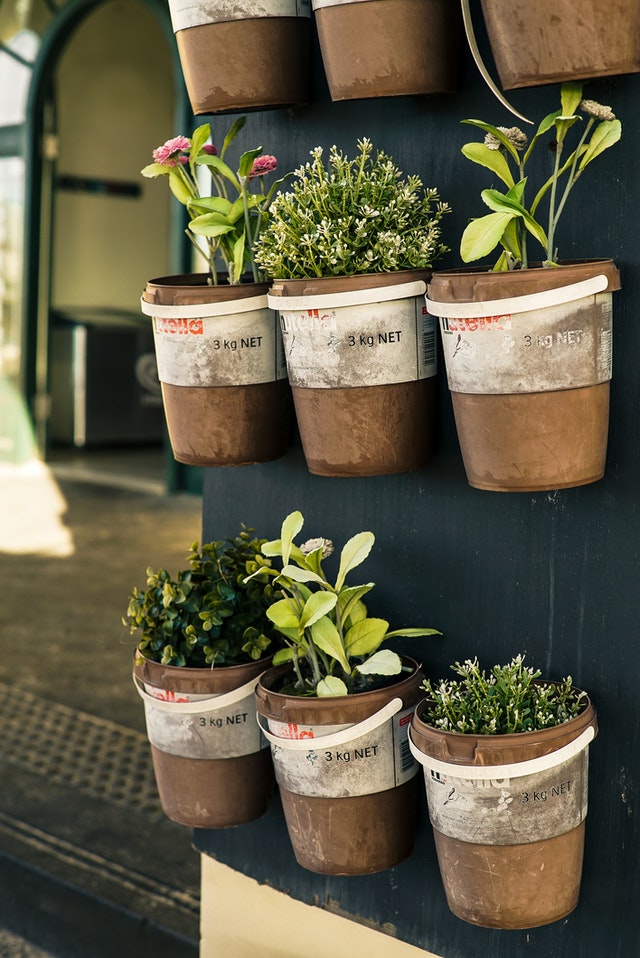
However you decide to grow your plants, it is very important to find out what growing zone you live in (you can find a link below that will show you the different growing zones by state), so that you know when to start planting your seeds or crops for every growing season (for it varies according to weather and climate).
Most plants prefer a sunny location for proper growth, and need flowers as planting companions to ward off unwanted bugs and attract bees for pollenating.
The Joy of a Garden

Gardening is just one of life’s simple pleasures that offers a plethora of health benefits.
Many people have found that gardening has helped improve their overall happiness, because it boosts confidence levels by giving a feeling of accomplishment, when they see the fruits of their labor reaping a great return.
Time spent in the sun, will raise cortisol levels, which is another contributing factor to improving happiness, as well as helping you have a better night’s sleep. Soaking up the sun, and digging in the dirt, can also boost the immune system, by raising vitamin D levels (from the sun), and exposing yourself to healthy microbes (from the dirt).
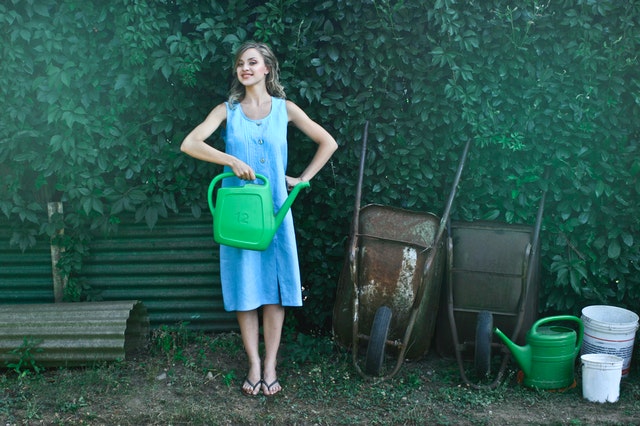
Research has shown that gardening can also help reduce stress, improve mental health, increase physical activity (which will help lower cholesterol and reduce the risk of cardiovascular disease), and help with weight loss, by burning extra calories.
The best part of all however, is how nothing quite beats the flavor you get, from fresh homegrown produce. Produce that you buy in the c=grocery stores, have all (including organic) been kept in a gas chamber to preserve shelf life, for transportation of the produce, and longevity of sitting on the shelf before being purchased.
You will also know exactly what has/or hasn’t been sprayed or treated on your own homegrown fruit and veggies.
How to Start a Garden for Beginners
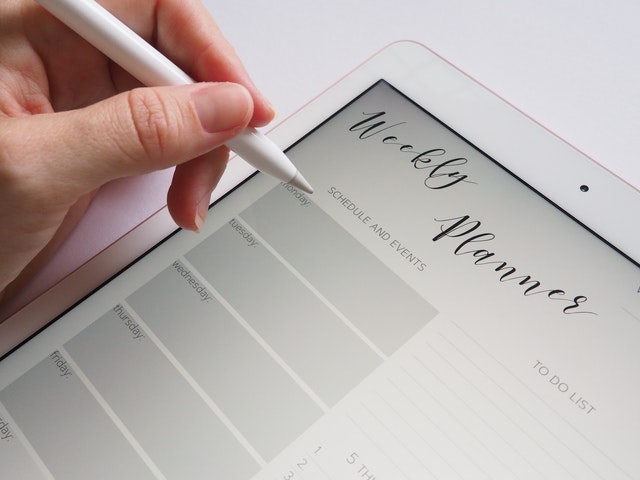
The first step to starting a garden, is to determine where the best place is in your yard that gets the most sunlight throughout the day. Most fruits and vegetables prefer a minimum of six to eight hours of sunlight a day, so a sunny location is optimal.
To determine the best location, try spending a day where you watch how the sun rotates throughout your yard, from sunrise to sunset. Keep in mind, that the sun will shift slightly as the growing season progresses.
Once you have a spot in mind, then the next step would be to determine what your budget is, and how you would like to design your garden.
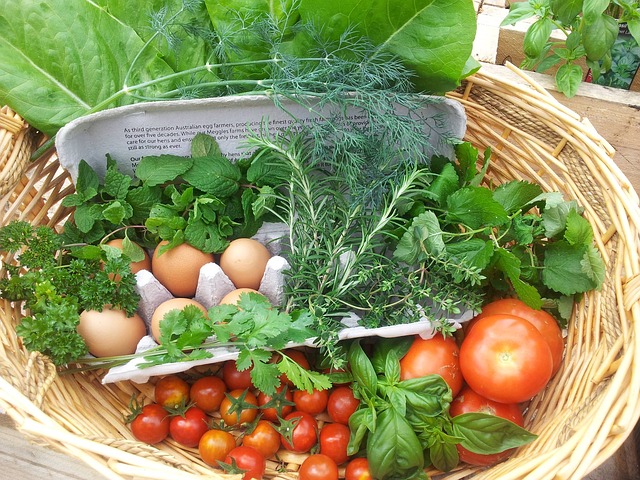
Would you prefer to grow your vegetables in pots, or in raised garden beds? If you are leaning more towards growing in pots, make sure you do a little research on the plants you plan to grow, because some vegetables need a good bit of soil depth and spacing for proper root expansion.
Pots are especially great if you have very little yard to work with, and can easily be moved around to try other locations if the plants are not thriving.
Next, comes the really fun part, and that is deciding what you want to grow in your garden, and whether or not you want to buy semi-mature plants, or start your garden with seeds.
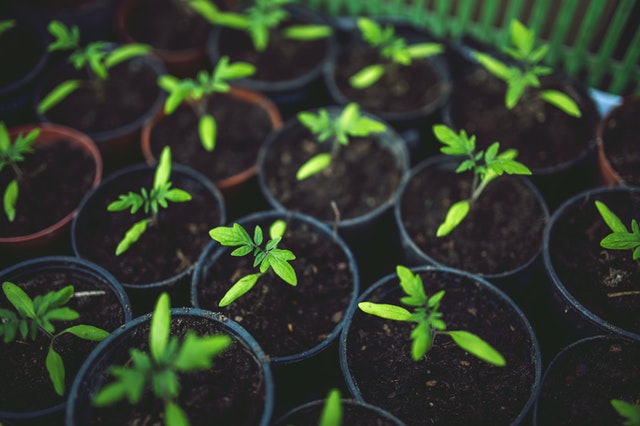
Buying vegetables that are all ready to plant from a nursery, will give you a head start on the growing season, for many seeds need to be started indoors, and take anywhere from 4 to 8 weeks, before they are ready to transplant outside.
Some seeds however, do better if you plant them right into the garden bed, as soon as any fear of frost has passed. It just depends on what type of vegetable you choose to grow, which is why you want to do your research and get a game plan, before purchasing everything to get you started.
Best Raised Garden Beds
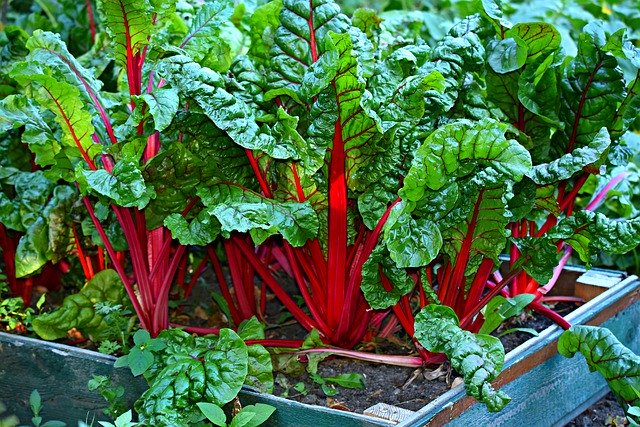
The sky is the limit on how to design a raised garden bed, for you can make them into a rectangle, square, a U shape, multi-layered, tall (so you don’t have to bend over at all while maintaining your plants), or low (using less materials).
To determine which design you like best, you must first determine the size of the area you are wanting to dedicate for your garden, as well as your budget for material cost.
What to build a raised garden bed from, depends entirely on your budget, and the longevity you are wanting to gain from your garden bed.
Many people like to build a raised garden bed out of wood, because materials can be less costly than other options, and there are less limitations on design styles.
If you are considering using wood to create your raised garden bed, then there a couple things to keep in mind before executing your design plans, to make sure that using wood, lines up with your long-term goals.
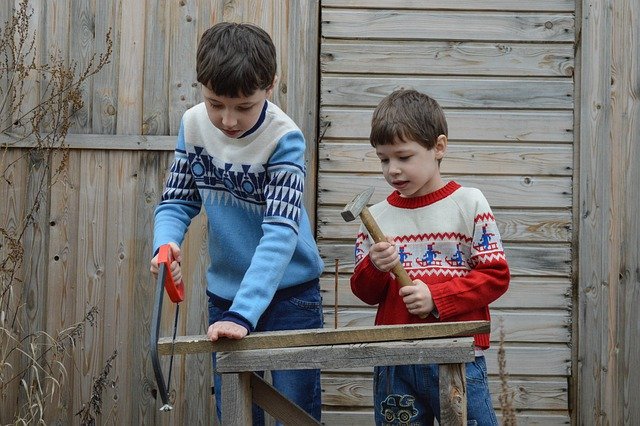
You want to make sure that you are not buying pressure treated wood. Pressure treated wood contains preservatives that are toxic, and can leach out into your soil, which then is absorbed into your food, and later consumed by you and your family. Though it would more than likely be trace amounts of the chemicals that make its way into your vegetables, over time, the chemicals can build up within your body, and potentially contribute to health disorders.
Not using pressure treated wood, will greatly reduce the longevity of your raised garden beds, because they will get weathered by the rain and snow (if in a snowing location), as well as attract unwanted termites.
My husband and I chose to use cinder blocks for our raised garden beds. It may cost more up front to build with cinder blocks over using wood, but it will save you time and money in the long run, because you will not have to worry about rebuilding a new box within a few years, due to termites or deterioration.
Another nice bonus for using cinder blocks, is that you don’t have to worry about breaking out the saw, hammer and nails to put your garden bed together, and can easily be taken apart to move, or reshape, if you are not liking the way you first put them together.
When to Plant a Garden
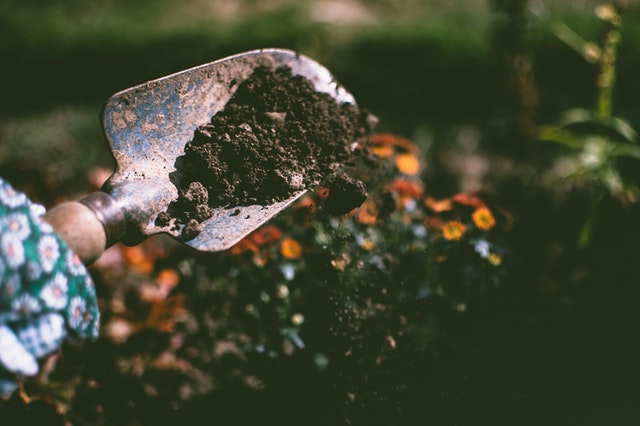
Every season has a variety of vegetables you can grow. When to plant your seasonal vegetables, depends entirely on your growing zone.
For example, I’m located in northern Florida, which falls in between zone 8 and zone 9, giving us a longer warm weather growing season, and a much shorter cool weather seasoned crops.
You can find out which zone you live in by clicking this link, to see a list USDA plant hardiness maps according to state.
Where to Buy Seeds for Gardening
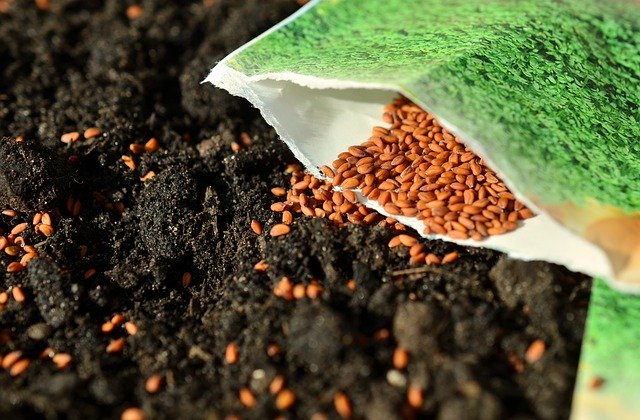
There are several places where you can find vegetable seeds. Lowes, Home Depot, and Walmart are a few stores that first come to mind that carry a wide variety of vegetable, and flower seeds.
I’ve tried quite a few seeds from these suppliers, and have had some success growing a few crops, but have also had many disappointments from seeds not germinating,
Over the years, I have had the greatest success buying seeds from co-ops, or from reputable nurseries like True Leaf, who have been established since 1974.
Quality is everything, when it boils down to all of the hard work and time you have vested in creating your garden. There is nothing more disappointing, than to invest your time, money, and hard work into a goal that does not bring forth any harvest.
Different Types of Seeds
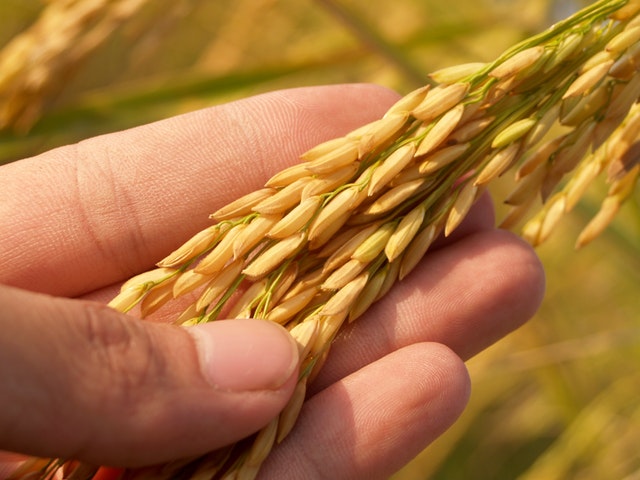
Should you buy organic garden seeds? Before answering this question, I first must clarify that the term “organic,” is the process of how a plant is grown, and honestly has nothing to do with the seed itself. So, the answer is no, you do not have to buy organic seeds.
You do however want to make sure that you are not buying Genetically Modified seeds (GMO), but instead look for heirloom varieties.
Heirloom seeds must be at least 50 years old, and have a high germination rate with good genetic background in order to be considered an heirloom.
This website explains and break down the difference between heirloom, hybrid, and GMO seeds, so that you are able to eliminate any possible confusion, and make a more informed decision when purchasing your garden seeds.
Best Way to Store Seeds
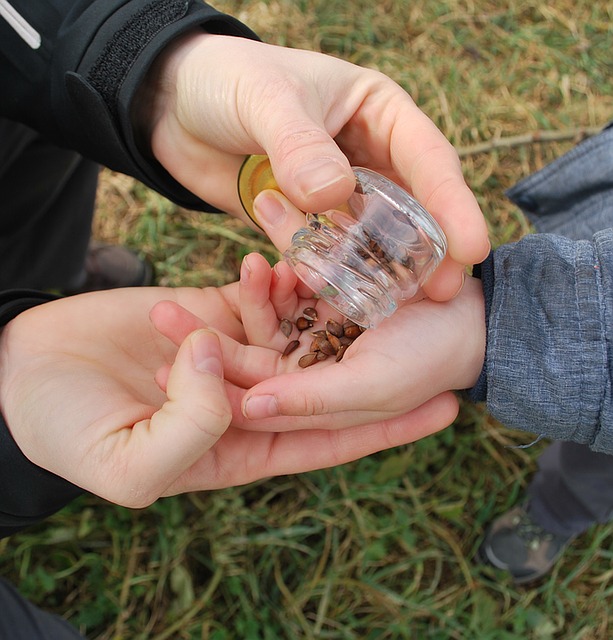
You want to make sure that your seeds are not exposed to any moisture (unless you are trying to germinate them).
If you are harvesting your own seeds to preserve for later crops, then you want to make sure you dry them out thoroughly, before placing them in any kind of container or bag.
One trick that I like to do to ensure that there is no internal moisture still left inside the seeds (which could cause the seeds to mold), is to place some rice into a small mesh bag, and then place the bag in the same container that you are storing your seeds in.
For long term storing, the best place to put your seeds would be in the freezer. Freezing them ensures that there is no chance of your seeds going bad before you plan to grow your next crop.
Another thing to consider, is starting a seed vault to have on hand as a back-up food source. For you never know what the future may bring, and having your own supply of food readily available for growing, guarantees that your family will never go hungry.
Don’t Forget the Flowers!
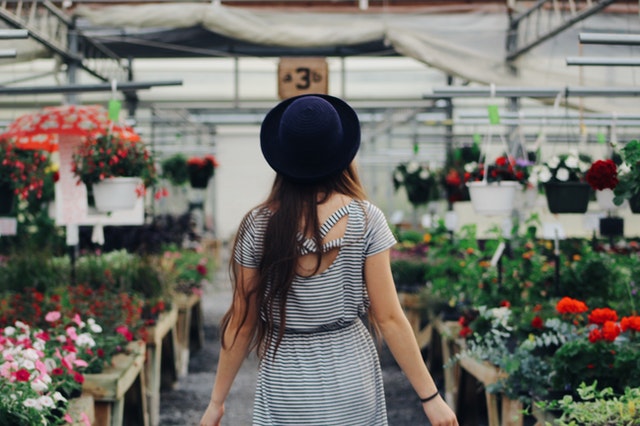
Planting a flower garden around your vegetables is a must, for the flowers to attract bees, and bees are extremely important for pollenating your fruits and vegetables, in order for them to produce properly.
Melons and pumpkins especially need to be pollenated by bees, or else the fruit within will not grow right, and eventually collapse from the inside out.
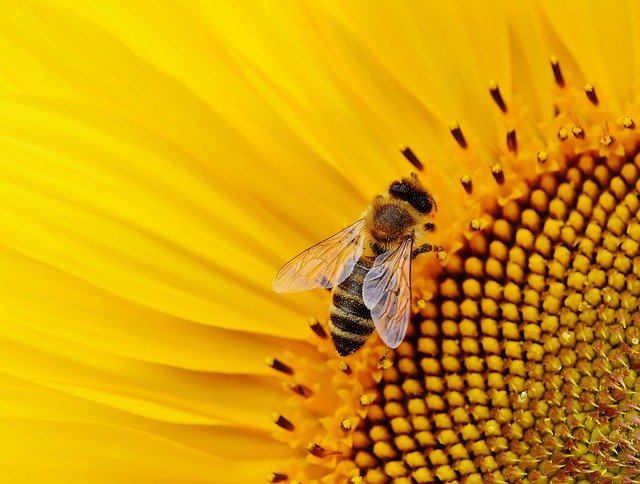
Flowers coupled with the right vegetables, will also make great natural bug deterrents, that would otherwise eat/damage a good bit of your plants.
This website covers what vegetables do best planted near each other, while you can find out which flowers to plant near your vegetables by following this link. The last link will also go over which growing zone are best for the recommended flowers.
It’s OK IF You Don’t Get It Right the First Time
Gardening is meant to be fun and pleasurable, so if you are finding yourself stressing over getting it right the first time, then I encourage you to take a step back, and take a deep breath in. For most successes come from trial and error.
What works for some, may not work for others, so do your research, but have fun trying out new methods.
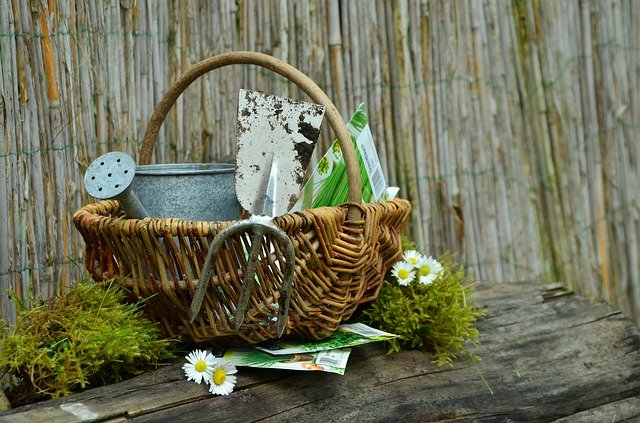
This article is a good starting point, to set you in the right direction for building a successful garden, but there is still much more to learn.
Whatever you do, try not to feel overwhelmed and learn everything all at once. For you will learn as you go, what works, and what doesn’t work, and how to improve your methods and techniques.
Just remember to have fun with the whole process, and I am here to answer any questions you may have along your journey, so please feel free to ask away.
Happy gardening, and may you have much success!
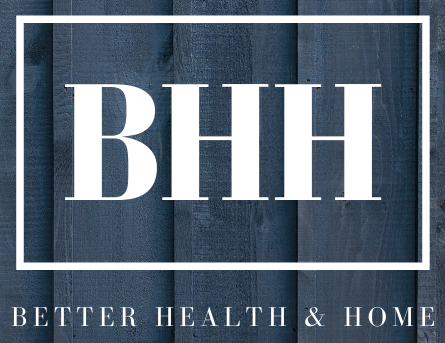
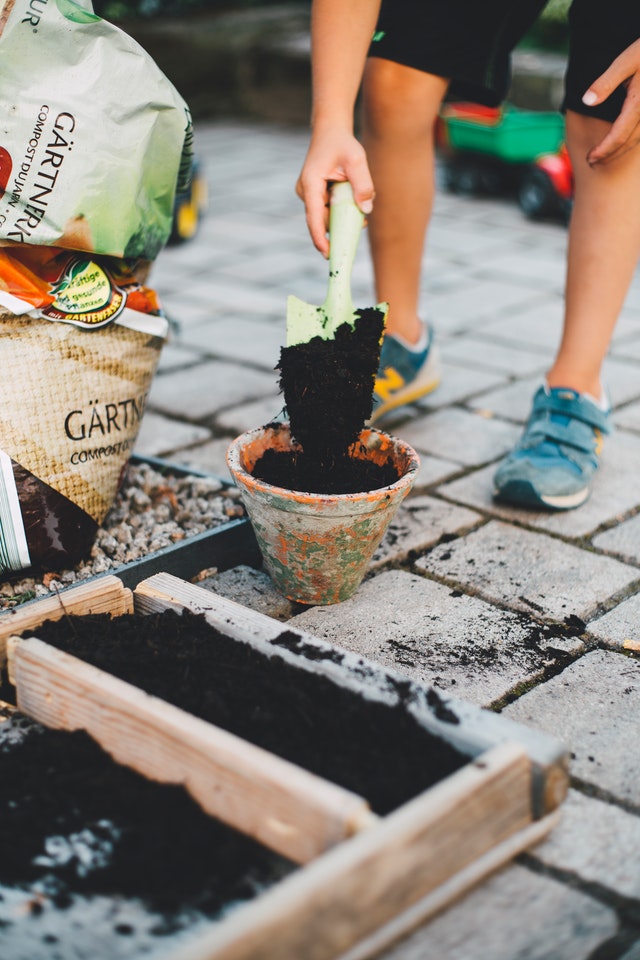
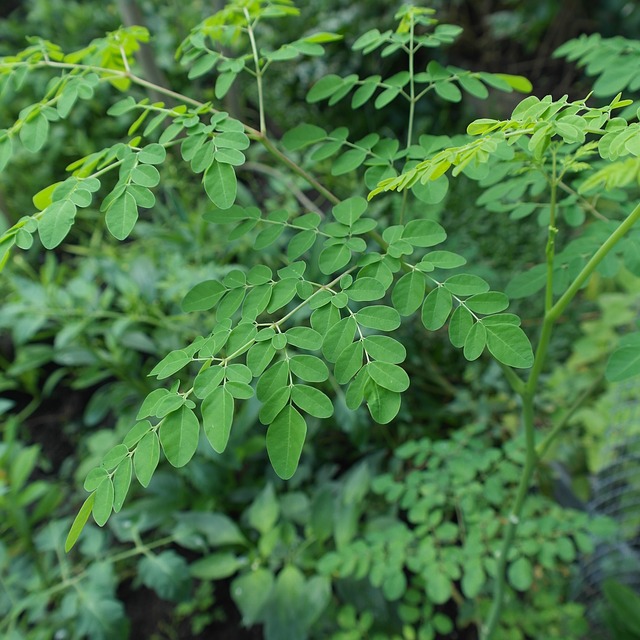
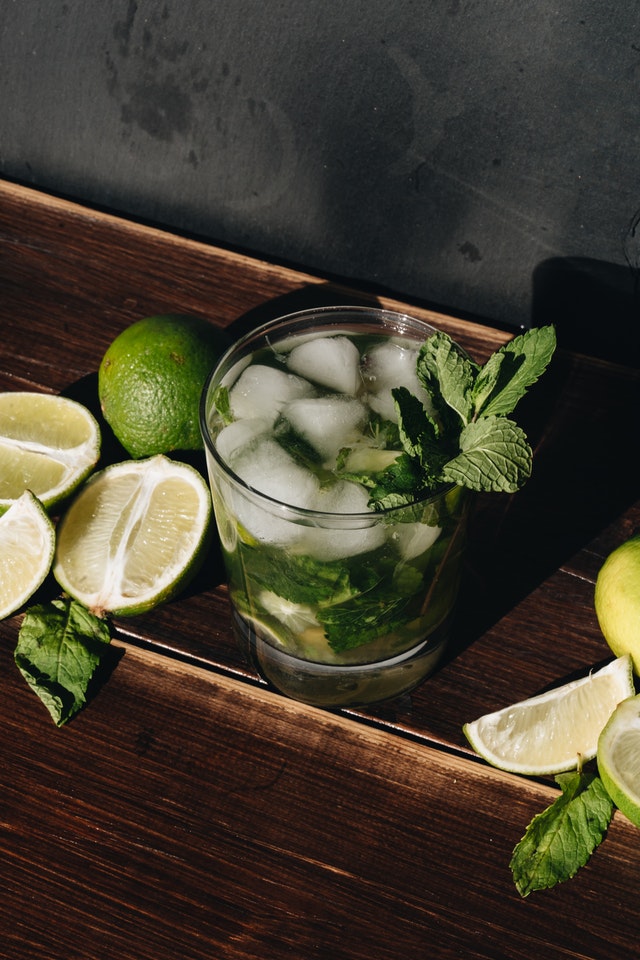
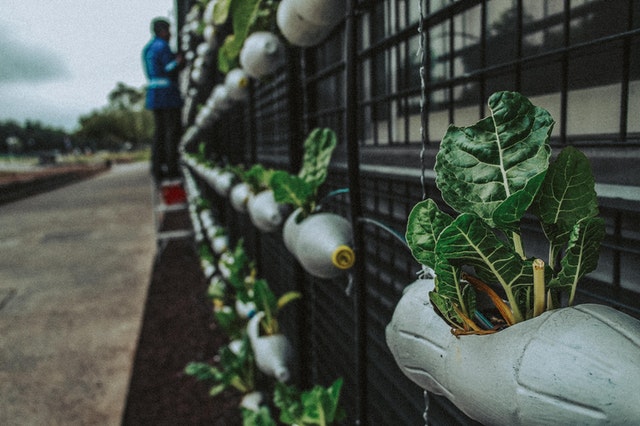

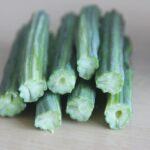




Thanks for the great tips! I’ve always thought gardening to be really complex, but I love how you break it down simply that anyone can really do it.Anyway since I live in an apartment, I don’t have much space so I was thinking of growing in pots. What fruits or vegetables do you recommend for a newbie to start growing first anyway? I’m currently in Singapore so it’s constantly sunny.
Hi Terence!
Gardening seemed a bit complex and scary for me at first, but after diving full blown into it, I’ve learned that growing is much easier than expected, and also gives me such an amazing feeling of accomplishment (because I did not have much of a green thumb in my younger days).
For you, since you are living in an apartment in Singapore, you can try growing cherry tomatoes, Thai basil, lemongrass, mint, garlic, peppers, parsley, cucumber, lady finger okra, brinjal, spring onion, kai lan, kangkong, kailan, and chye sim, for vegetables. For fruits, I would try lemons, limes, and pomegranate.
Hello Brandy, thank you for your tips and guideline for starting a garden. All the content is helpful, but I want to highlight the garden bed tips, which are very helpful to me.
I like flowers, and now my balcony seems very beautiful from the blooming flowers, but I like to have a few vegetables, too.
I think to try your tips for a garden bed. I have ready the tomatoes seedlings to transfer in a vase or garden bed to grow. Can I build a garden bed in a balcony?
Thank you
Alketa
Hello Alketa!
You can absolutely build a garden bed for your balcony! You just need to make sure that your balcony would be big enough for a raised bed, and not leave you with very little working room. If you wanting to make a bed out of cinder blocks, please keep in mind that the width of the cinder block is going to take away from the space you have to grow in the center of your garden bed.
Another material option I have seen people use for a balcony bed, is weather proof metal. You just need to make sure that the metal is in fact rust proof, to ensure that you won’t need to place it.
There are also already pre-made small raised beds or kits that you could purchase for putting on a balcony, or even hang some large pots. Many people have successfully grown tomatoes hanging upside down, so it may be with looking into.
Hope this has helped point you in the right direction. Let me know if you have any other questions!